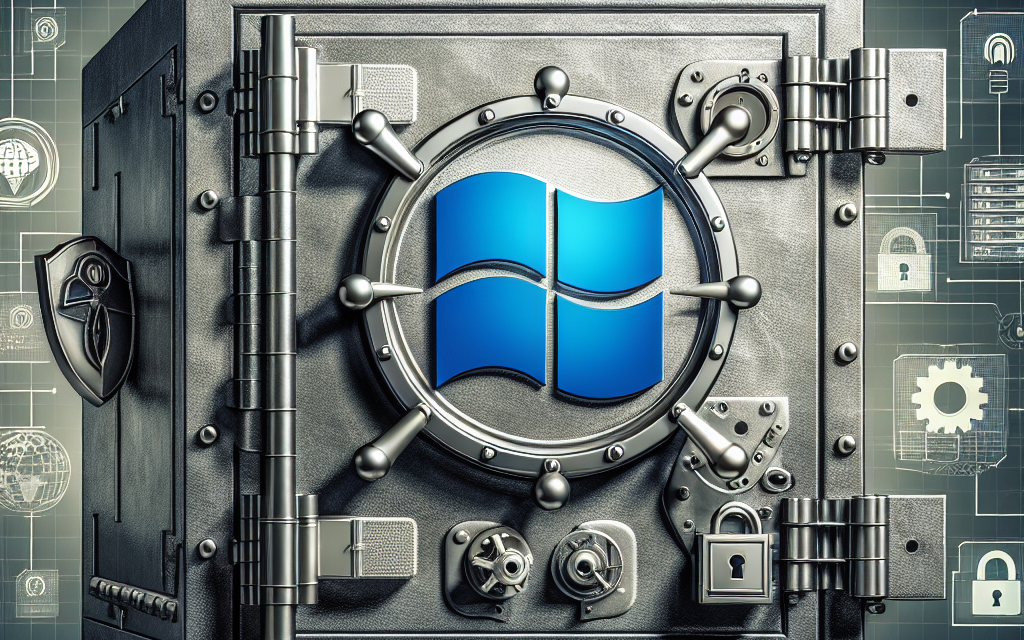In today’s world, securing your server infrastructure is more important than ever. The Server Message Block (SMB) protocol, primarily used for sharing files and printers, has been a frequent target for cyber threats. As organizations increasingly rely on Windows Server to manage their networks, it’s crucial to implement best practices to secure SMB and protect sensitive data. In this article, we will explore effective strategies for hardening SMB on Windows Server.
Understanding SMB Protocol
SMB is a network file sharing protocol that facilitates access to files, printers, and other shared resources on a Windows network. While SMB is integral for seamless operations, its vulnerabilities can expose your network to various risks, including data breaches and ransomware attacks.
Best Practices for Securing SMB Protocol
1. Disable SMBv1
SMBv1 is an outdated version of the protocol known for its security flaws. Microsoft has recommended disabling SMBv1 due to its vulnerability to attacks, such as the infamous WannaCry ransomware. To disable SMBv1 on your Windows Server:
- Open PowerShell as an administrator.
- Execute the command:
Disable-WindowsOptionalFeature -Online -FeatureName "SMB1Protocol" - Restart the server.
2. Enable SMB Encryption
Starting with SMB 3.0, Windows Server allows for encryption of SMB traffic to protect sensitive data in transit. Follow these steps to enable SMB encryption:
- Open PowerShell as an administrator.
- Run the following command to apply encryption to the desired share:
Set-SmbShare -Name "YourShareName" -EncryptData $true - Ensure that all clients that connect to this share support SMB encryption.
3. Implement Strong NTFS Permissions
NTFS permissions control access to files and folders. Ensure that shares are set up with the principle of least privilege in mind. Apply the following guidelines:
- Assign permissions based on roles.
- Regularly review and update permissions.
- Avoid using "Everyone" or "Authenticated Users" as allowed access.
4. Use a Firewall to Restrict Access
Use Windows Firewall or a dedicated network firewall to limit access to SMB ports (TCP 445 and 139). Configuring your firewall to restrict SMB traffic to trusted IP addresses or internal networks can mitigate exposure to potential attackers.
5. Regularly Update Your Server
Keeping your Windows Server environment updated is critical to security. Enable automatic updates or regularly schedule maintenance windows to apply security patches. Use Windows Server Update Services (WSUS) to manage updates effectively across your network.
6. Monitor SMB Traffic
Implementing monitoring solutions can help detect unusual SMB traffic patterns, which may indicate potential breaches. Tools like Microsoft Advanced Threat Analytics or third-party solutions can provide insights into network activity and alert you to anomalies.
7. Disable SMB Signing Only When Necessary
SMB signing helps ensure the integrity and authenticity of data in transit. While it can impact performance, SMB signing should be enabled for sensitive environments. If you must disable it for performance reasons, ensure that your network is otherwise secure.
8. Conduct Regular Security Audits
Regular security audits can help identify vulnerabilities in your SMB implementation. Use tools to assess configurations, review access logs, and verify compliance with your security policies. Based on your findings, take corrective actions to mitigate risks.
9. Utilize VPNs for Remote Access
For remote users accessing SMB shares, ensure they utilize a Virtual Private Network (VPN). A VPN encrypts communication over the internet, providing a secure tunnel for SMB traffic.
10. Educate Users on Security Best Practices
User awareness is vital in protecting your network. Conduct training sessions focused on security practices, identifying phishing attempts, and the importance of strong passwords. Employees should understand the risks associated with insecure SMB practices.
Conclusion
Securing the SMB protocol on Windows Server is essential for protecting your organization’s sensitive data and maintaining the integrity of your network. By implementing these best practices, you can significantly reduce the risk of cyber threats and foster a secure operating environment. As threats evolve, remain vigilant and routinely assess your security posture to ensure compliance with the latest best practices.
By following these guidelines, you will not only enhance the security of your Windows Server environment but also foster a culture of security within your organization. For more insights on server management and cybersecurity, stay tuned to WafaTech Blogs.





